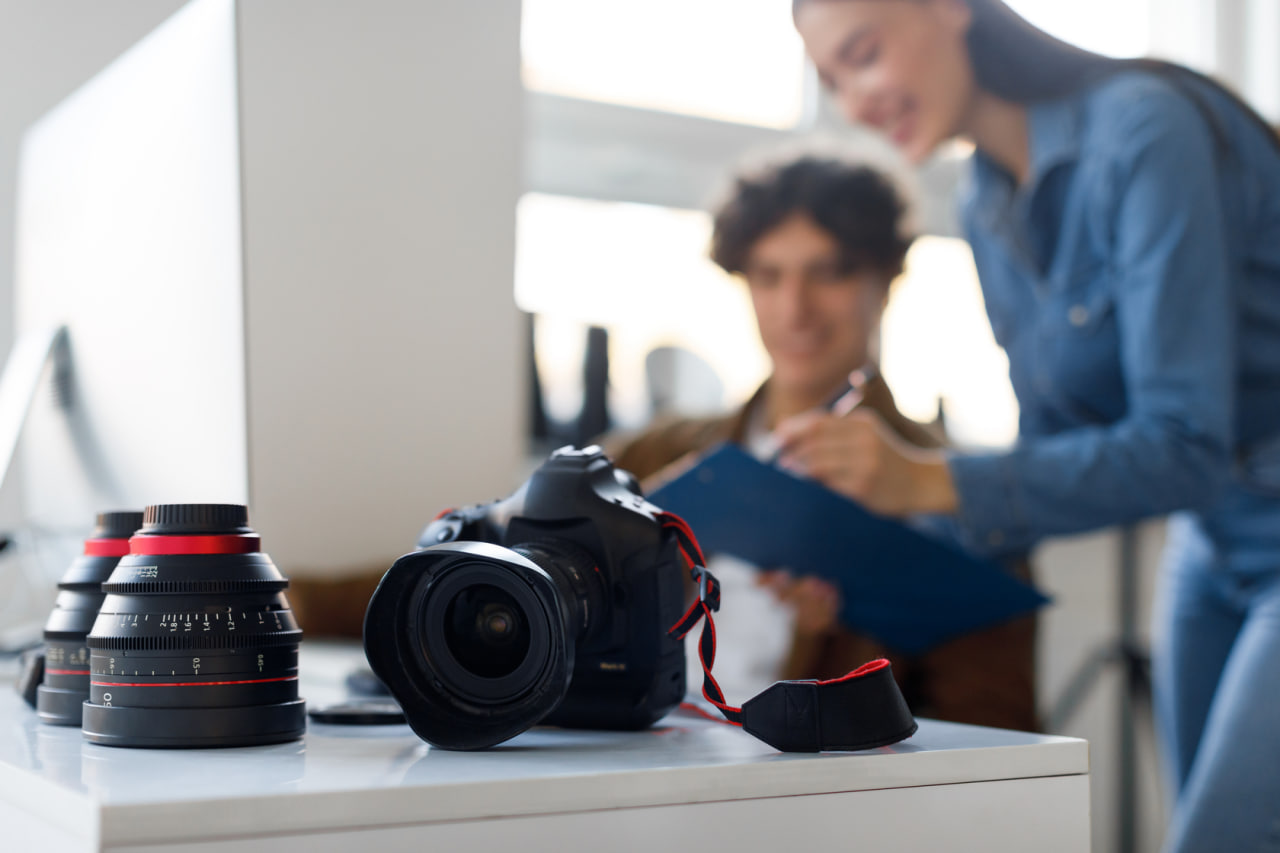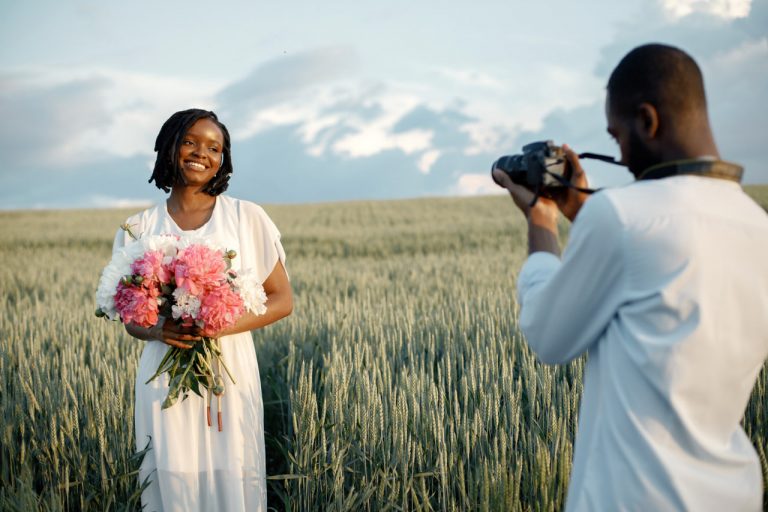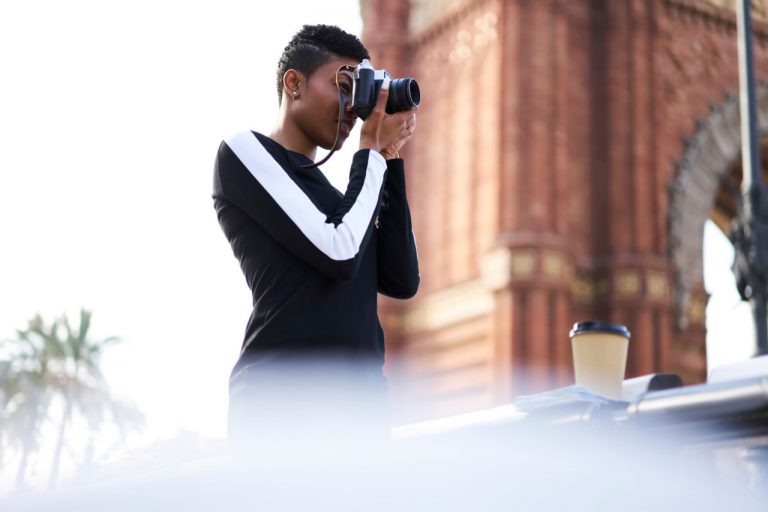Every photographer has the potential to create work that is distinctly their own, but discovering a unique style requires intention, exploration, and reflection. A personal photographic vision distinguishes your work, communicates your perspective, and creates lasting impact. Developing a recognizable style allows photographers to move beyond technical proficiency and fully express their creativity.
Understanding the Concept of Style
Photographic style encompasses the visual and conceptual elements that consistently define your work. It includes:
- Composition Preferences – Your approach to framing, perspective, and balance.
- Use of Light and Color – How you manipulate exposure, color temperature, and contrast.
- Subject Matter – The types of scenes, people, or objects you are drawn to photograph.
- Mood and Atmosphere – The emotional tone conveyed through your images.
Recognizing these components helps photographers identify what makes their work distinctive and intentional.
Exploring Different Genres
Experimentation across various photography genres is a key step in discovering your style. Portrait, landscape, street, architectural, and conceptual photography all offer unique challenges and opportunities for creative expression.
- Portrait Photography – Explore lighting, poses, and emotional storytelling.
- Landscape Photography – Focus on natural compositions, textures, and atmospheric effects.
- Street Photography – Capture candid moments and human interactions with narrative depth.
- Conceptual Photography – Use symbolism, staging, and post-processing to convey ideas.
Engaging with diverse genres allows photographers to refine preferences, identify strengths, and merge techniques into a cohesive personal style.
Experimenting with Techniques
Technical experimentation fosters creativity and leads to unique visual signatures.
- Camera Settings – Adjust aperture, shutter speed, and ISO to create different effects.
- Angles and Perspectives – Move around the subject, shoot from unusual viewpoints, and challenge conventional framing.
- Lighting Approaches – Experiment with natural, artificial, and mixed lighting to establish mood.
- Post-Processing Styles – Develop consistent editing approaches, including color grading, contrast adjustments, and creative effects.
Deliberate experimentation helps photographers discover methods that resonate with their creative vision.
Studying Influences and Inspiration
Observing the work of other photographers and artists provides valuable insights while helping to shape your own style.
- Analyze Master Photographers – Examine composition, lighting, and storytelling techniques.
- Explore Other Art Forms – Painting, cinema, and graphic design can inspire creative approaches.
- Maintain a Visual Journal – Collect images, sketches, and notes that inspire you and reflect your evolving preferences.
Studying influences allows photographers to learn, adapt, and innovate without simply imitating existing work.
Developing Consistency
Once your preferences and techniques begin to emerge, consistency is key to solidifying a recognizable style.
- Curate Your Work – Select images that align with your vision for portfolios, exhibitions, or social media.
- Refine Signature Techniques – Focus on recurring compositional patterns, lighting choices, or subject matter.
- Document Your Style – Keep notes on your preferred workflow, post-processing methods, and creative decisions.
- Seek Feedback – Constructive critique from peers and mentors helps refine and strengthen your photographic voice.
Consistency ensures your work is identifiable and communicates a clear, personal perspective to viewers.




